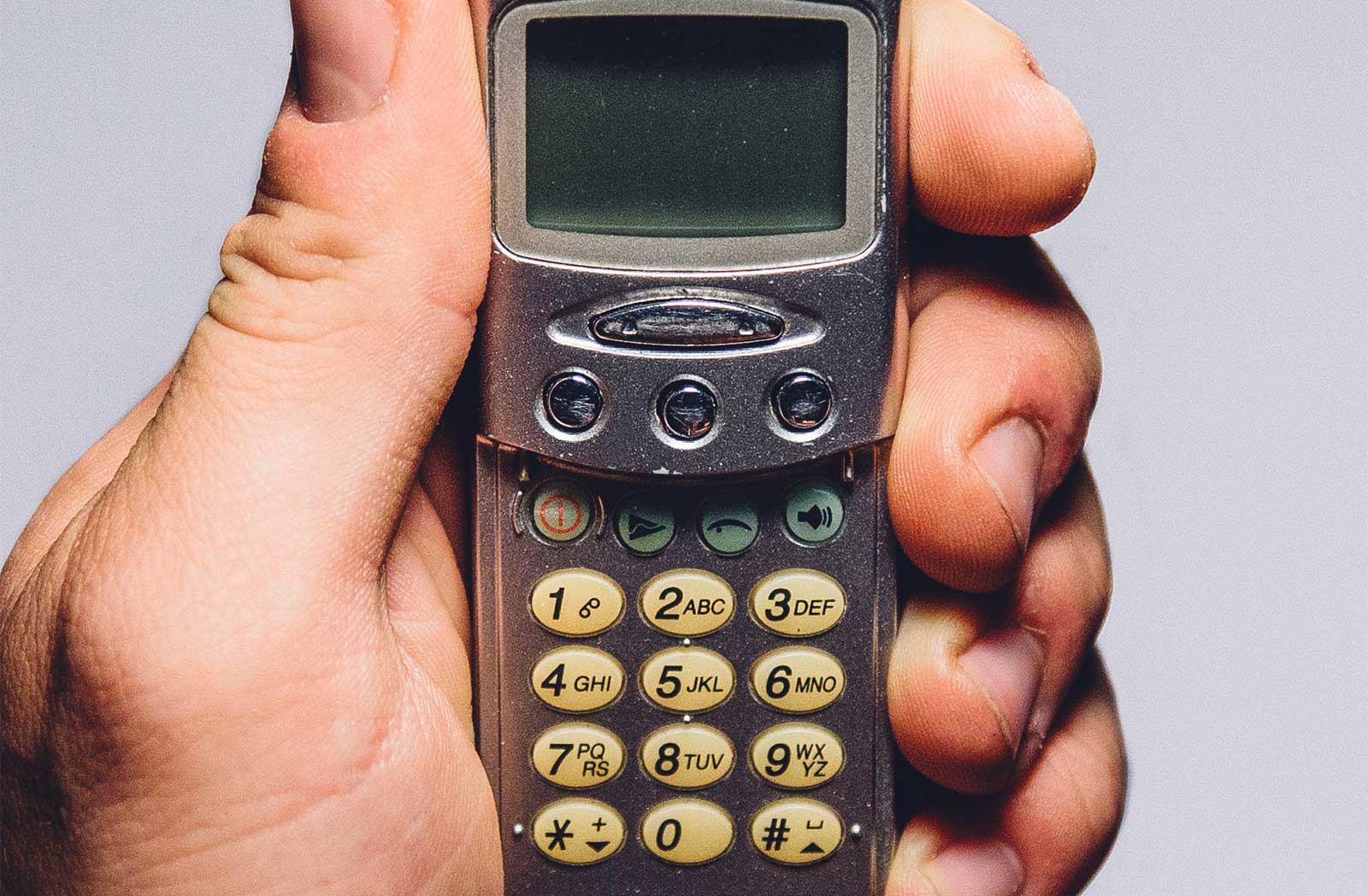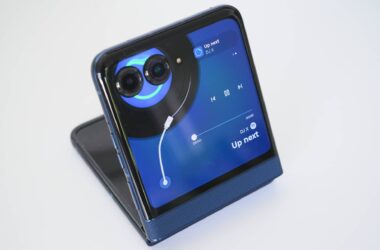You may think your classic Nokia 3310 is still an excellent phone, surviving the day-to-day in ways a smartphone just couldn’t, but it’s time to retire that oldie, especially if you are on Vodafone.
If you happen to stay online with Voda’s network in Australia with one of the older “dumbphones”, complete with their inability to access the online world (or much of it anyway), you’ll want to consider an upgrade to a new device in the next year.
This week, Vodafone has announced that it will switch off its 2G network this time next year, with September 30, 2017 the date earmarked to have the 2G network unplugged and switched off.
“We want to be totally upfront and transparent with our customers by giving them advance notice of the closure of our 2G network late next year,” said Kevin Millroy, Acting Chief Technology Officer of Vodafone.
“We will work closely with our 2G customers to ensure this transition is as simple as possible.”
If you’re still wondering why the 2G service has been left on, it’s probably because there are still quite a few 2G devices in the market, with some customers still reliant on older phones before devices arrived spruiking the age of internet beyond that of the limited service that was WAP.
And for many of these customers, a basic mobile phone that could be used for calls, texts, a clock, and an FM radio was all that was needed.
While that still might be true of some customers, now the problem is the 2G GSM network itself, with the removal of the older network paving the way for more data connectivity.
In fact, with only two percent of Vodafone’s customer base using the 2G network for voice traffic and less than one percent for data — compared to the almost 80 percent on the 4G network for data — it’s pretty clear to see why Voda is taking the step of unplugging the network.
“Today Vodafone has a wide range of smartphones starting as little as $99 for a 4G smartphone or $29 for a 3G phone,” said Millroy.
“By taking a step up to a new 4G or 3G phone, customers can enjoy better coverage and call quality, and can also take advantage of capabilities such as video calling, mobile email and social media on some devices.”
Even if those services don’t interest you, if you are on an older 2G device — if you have a monochrome phone with physical buttons, for instance — you’ll want to consider moving to a different device, even if you have no intentions or plans to use any of the smart connectivity features.
We get it: the old “if it ain’t broke, don’t fix it” mentality certainly applies here, and some gadgets just do exactly what you need them to.
But with 2G about to bite the dust, shifting to a 3G or 4G phone makes all the more sense, even if it’s a 3G or 4G phone that only does what you need it to do.






